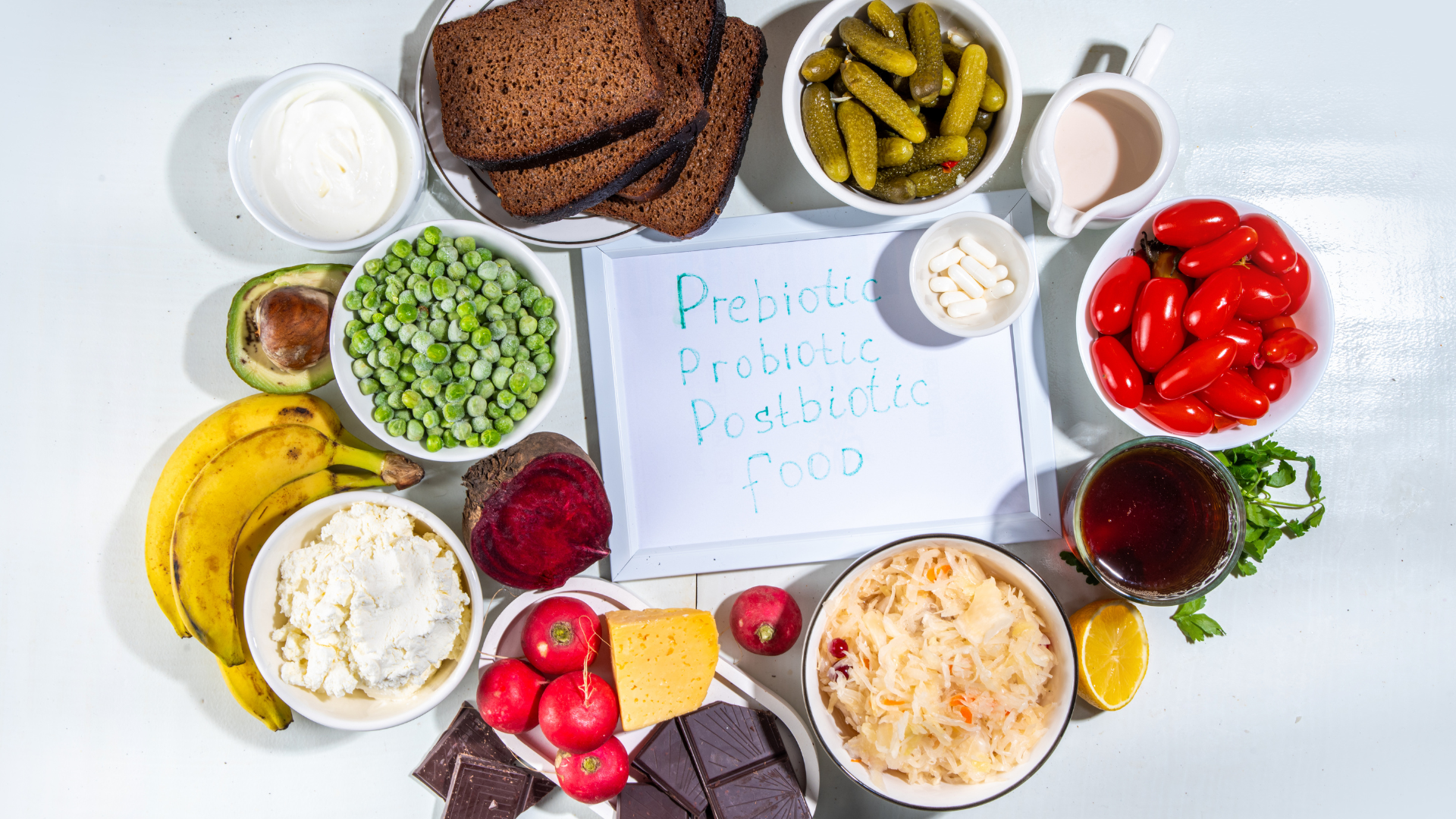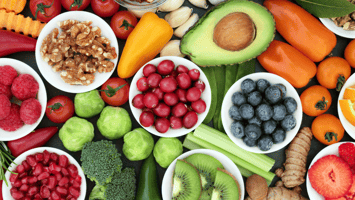Prebiotics and probiotics: these are their differences

Surely you have heard of prebiotics and probiotics, two components of many foods we usually confuse. We show you their differences and how to add them to our dishes to benefit health.
Although these two terms are related, and we usually use them as synonyms, they are not the same. Therefore, we show you the differences between them:
Probiotics: what are they and where to find them
Probiotics are microorganisms found in a product or food that favor a balanced intestinal flora improving overall health.
Probiotics remain alive in our intestines, and together with our body's natural bacteria, they can form an excellent defense barrier, reinforcing the functioning of the immune system.
Among the most used and popular probiotics, Lactobacillus and Bifidobacterium tend to predominate, which can turn them into functional or beneficial food for health when added to specific products.
In our body, probiotics remain in the intestine, adhering to its walls and thus helping to reinforce this defense barrier against harmful bacteria that can cause harm to the human body.
In addition, as the intestine is an organ with multiple functions, probiotics protect digestive health. They can improve metabolism, help to control lipids and glucose levels, improve calcium absorption, and helps with diseases such as diabetes, obesity, and others.
How to add probiotics to our dishes
As we have said, probiotics are responsible for the fermentation of many foods. Therefore, we can find these beneficial microorganisms for our body in yogurt and other fermented milk, olives, miso, tempeh, kombucha, etc.
It is essential to consider that not all yogurts are a fermented milk source of probiotics. If they are subjected to a pasteurization process that eliminates pathogenic microorganisms, beneficial bacteria such as probiotics are also destroyed.
Prebiotics what are they and where to find them
Prebiotics are all the substrates used by a person's microorganisms to provide health benefits. They are substances that the bacteria found in our intestine, including probiotics, use as a substrate.
Unlike probiotics, prebiotics is not live bacteria or microorganisms. They are substances naturally found in food and resist digestion and gastric absorption. Our intestines undergo a fermentation process that stimulates the growth and activity of the bacteria found there.
Although both are beneficial for health, prebiotics serves as food for probiotics and therefore are not bacteria but substances, including inulin, fructooligosaccharides, lactulose, or resistant starch.
How to add prebiotics to our dishes
Foods rich in fiber or with resistant starch and other compounds not digested or partially digested by our digestive system are usually sources of prebiotics.
These include fruits, vegetables, legumes, whole grains, and derivatives.
These are the differences between prebiotics and probiotics, two very beneficial components for the body that help strengthen defenses and optimize metabolic functioning through what we eat.

.png?height=200&name=Blog%20images%20(6).png)
-1.png?height=200&name=Blog%20images%20(1)-1.png)
